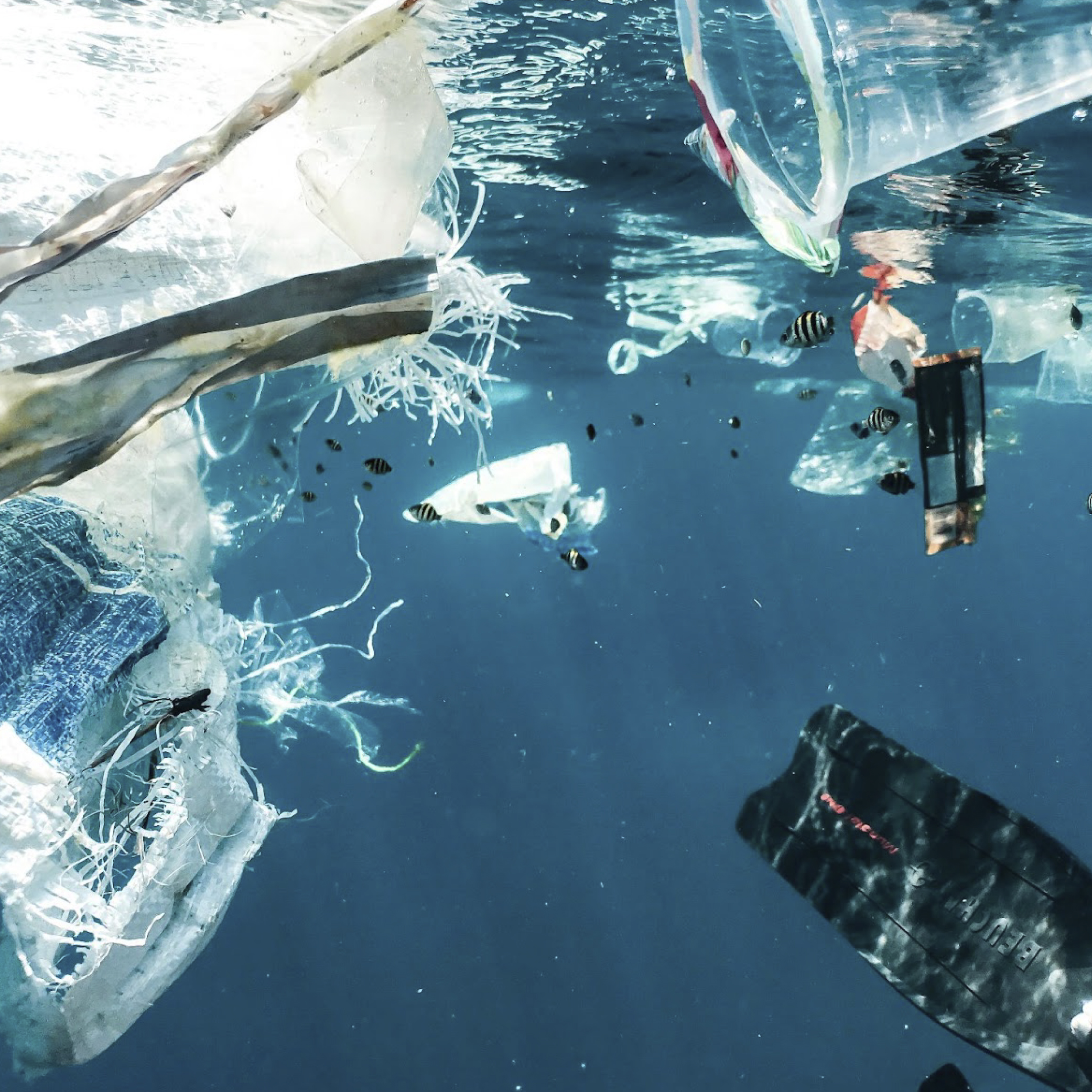Beat Plastic Pollution this World Environment Day

One of the greatest environmental challenges of our time is to eradicate plastic pollution. So much so, that #BeatPlasticPollution is the rally cry for this year's World Environment Day, celebrated globally on the 5th June 2023.
There are several ways to tackle the scourge of plastic pollution, but ultimately we need to transition to a circular economy if we wish to reduce the amount of waste we generate. Some common solutions for reducing plastic waste include reducing, reusing, and recycling. But how effective are these tactics?
Reducing Plastic Consumption
Reducing the amount of plastic we use by opting for plastic-free packaging, such as glass bottles and paper packaging, and taking reusable shopping bags or baskets to a store instead of accepting plastic carrier bags from the store can go a long way to reducing the mountains of plastic packaging that ends up discarded in landfills or strewn around the countryside, ultimately ending up in the ocean or washing up on beaches around the world. The United Nations Environment Program refers to this as 'reorient and diversify', whereby the market shifts towards sustainable alternatives to plastic [1].
Reusing Plastic
Reusing plastic is a solution whereby we transition from a 'throwaway economy' to a 'reuse society' where it is more economically viable to reuse plastic products than to throw them away [1].
Recycling Plastic
While recycling plastic has long been touted as a viable solution for reducing the amount of plastic waste, there are some drawbacks. According to a report [2], 91% of plastic produced globally is not recycled, which means only 9% of the billions of tons of plastic produced around the world every year is in fact recycled [2]. In the U.S. this figure is lower still at around 5-6% of the 46 million tons of plastic waste generated each year, a reduction from the estimated 9% a few years back [3]. But these low figures may be a good thing, for now anyway, considering a new study[4] has revealed that plastic recycling facilities are a major source of microplastics.
Recycling's Microplastic Problem
The study, which was recently published in the Journal of Hazardous Materials Advances, found that plastic recycling facilities have the potential to generate microplastics when plastics are sorted, shredded, and melted into plastic pellets. During the recycling process, the plastic gets washed a number of times, resulting in tiny plastic particles measuring less than 5 millimeters getting sloughed off into the wash water. These microplastic fragments get into the recycling plant's wastewater stream and are discharged into the environment, contributing further to the microplastic crisis we are already facing in our waterways and oceans, and trying so desperately to resolve [4].
Solution to Microplastic Pollution
After installing filters to trap microplastics, the researchers were astounded by how much microplastics were in the discharge water. Even after filtering the wastewater, they estimated the recycling process could produce up to 75 billion particles of microplastics per cubic meter of wastewater.
While that may sound like all doom and gloom, the good news is that filtration makes a huge difference. The researchers estimated that without filtration, this recycling plant could discharge as much as 6.5 million pounds of microplastic annually. This figure was reduced to around 3 million pounds — more than half, with particularly high rates of removal for particles larger than 40 microns.
The study, which only tested for microplastics measuring greater than 1.6µm, found that most of the plastic particles in the recycling plant's wastewater stream measured less than 10µm (95%), with 85% measuring less than 5µm, making them environmentally relevant. In order to significantly reduce the amount of microplastics discharged into the environment, the researchers recommend that recycling plants install filtration systems capable of removing microplastic particles measuring less than 5µm from their wastewater discharge.
If you work in a lab that is doing microplastic analysis, consider gold PETE membranes.
References:
- United Nations Environmental Program (UNEP). Turning off the Tap: How the world can end plastic pollution and create a circular economy. 16 May 2023.
- National Geographic. Here's how much plastic trash is littering the Earth. 20 December 2018.
- Phys Org. Only about 5% of plastic waste gets recycled in US, new report says. 25 May 2022.
- Erina Brown et al. The potential for a plastic recycling facility to release microplastic pollution and possible filtration remediation effectiveness. Journal of Hazardous Materials Advances. Volume 10, May 2023, 100309
- Most Viewed Blog Articles (5)
- Company News (285)
- Emerging Technologies (64)
- Microbiology and Life Science News (93)
- Water and Fluid Separation News (97)
- Filtration Resources (93)
- Product News (19)


![Join Sterlitech at BIO 2024 [Booth #5558]: Exploring the Future of Biotechnology](https://www.sterlitech.com/media/blog/cache/300x200/magefan_blog/b4.jpeg)



